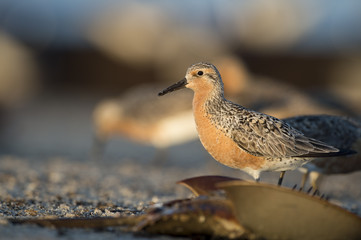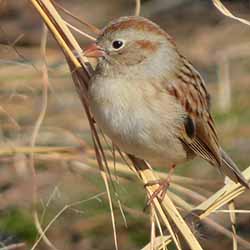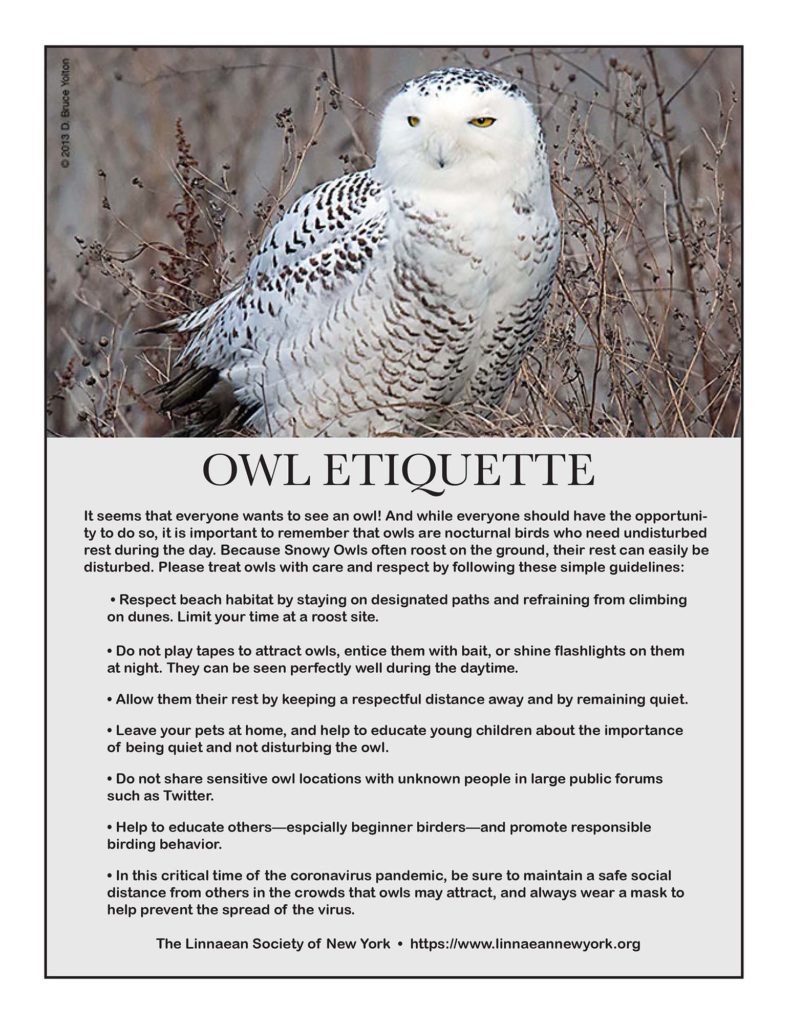March 1, 2019
Attend and/or comment at the public meetings on storm water alternatives 3/12/2019 to 4/17/2019
The United States Army Corps of Engineers (USAC) is providing the opportunity for public comments on their “The New York and New Jersey Harbor and Tributaries Focus Area Feasibility Study (NYNJHATS)”.
The New York New Jersey Harbor and Tributaries focus area feasibility study, which will include a tiered Environmental Impact Statement, is evaluating five initial alternatives, which currently are comprised of measures that address severe coastal storm risks for specific geographic regions within the study area, in addition to the no action alternative. These five alternatives encompass a variety of water- and land-based measures identified throughout the estuary at areas of high projected coastal storm risk and include combinations of shoreline structures, such as beach nourishment, levees, floodwalls and seawalls, and storm-surge barriers. This initial range of alternatives was developed in part from the analysis provided in the North Atlantic Coast Comprehensive Study, as well as coordination with the States of New York and New Jersey and the City of New York. The alternatives are taking into account other ongoing and planned actions being taken within the study area by the Corps, other federal agencies, both states and New York City, and other municipalities.
The feasibility study will develop information to distinguish between alternatives so that ultimately a recommended plan can be identified. Based upon available information and analyses, a draft report describing the alternatives, their benefits, costs and environmental and social impacts is scheduled to be available for agency and public review in the late fall 2018. The Corps will then review the comments received as part of the agency and public review to determine what, if any, additional analyses, may be warranted to refine the alternatives and possibly add further measures that may be justified on a building-to-building basis (e.g., non-structural measures) or that may address areas that suffer from more frequent (and typically less severe) coastal storm risks (e.g., natural and nature-based features). Additional analyses may result the preparation of a subsequent draft prior to the completion of the final report and the selection of a recommended plan. As project details are developed during Preconstruction Engineering and Design, consideration of environmental and social impacts will continue to be evaluated.
The study non-federal sponsors are the New York State Department of Environmental Conservation and the New Jersey Department of Environmental Protection. The City of New York is involved in this study through a partnership with the New York State Department of Environmental Conservation.
The NYNJHAT Study Team released an Interim Report on February 19, 2019, which is available at: www.nan.usace.army.mil/NYNJHATS
February 2019 Update: The public is invited to submit comments at the meetings and/or by mail to:
NYNJHAT Study Team, Planning Division
U.S. Army Corps of Engineers
26 Federal Plaza Room 2145
New York, NY 10279-0090
or by e-mail to: NYNJHarbor.TribStudy@usace.army.mil
Please include the project title “The New York and New Jersey Harbor and Tributaries Focus Area Feasibility Study“ and the commenter’s contact information with submitted comments. Please provide comments within two weeks of the last public meeting to ensure maximum utility. Comments received after this time will still be welcome.
USACE, the States of New York and New Jersey, and the City of New York welcome your attendance at public meetings. Prior to these public meetings, a webinar summarizing the report will be available here.
Meeting dates, times and locations are as follows:
Eight meetings are scheduled throughout the study area to provide an overview of the NYNJHAT Study Interim Report, answer questions, and receive input from the public. Webinars will also be held that can be accessed remotely for interested stakeholders unable to attend one of the below in-person meetings. The webinars will have the same presentation as the in-person meetings, as well as an opportunity to ask questions and submit written comments. Dates/times of the webinars will be announced shortly. Additional details on the meetings are also provided on the project website.
- Tuesday, March 12th, 2019, 5-7pm at Westchester County Center, 198 Central Avenue, White Plains, NY 10606, in the Little Theater.
- Wednesday, March 13th, 2018, 5:30-7:30pm at South Shore Educational Complex, 6565 Flatlands Avenue, Brooklyn, NY 11236, in the Auditorium.
- Tuesday, March 19th, 2019, 5-7pm. Location: Snug Harbor Cultural Center, 1000 Richmond Terrace, Staten Island, NY 10301. The session is in the Historic Music Hall.
- Wednesday, March 27th, 5-7pm at Middletown Arts Center, 36 Church St., Middletown, NJ 07748, in the Auditorium.
- Wednesday, April 3rd, 5-7pm. Location: Hudson Valley Community Center, 110 Grand Avenue, Poughkeepsie, NY 12603, in the Auditorium.
- Tuesday, April 9th, 5-7pm at Alexander Hamilton U.S. Custom House, 1 Bowling Green, New York, NY 10004. Session is in the Auditorium on the lower level.
- Thursday, April 11th, 5-7pm at Meadowlands Environment Center, 2 DeKorte Park Plaza, Lyndhurst, NJ 07071, in the Auditorium.
- Wednesday, April 17th, 5-7pm at Hostos Community College, D Building/Savoy Manor Building, 120 East 149th St, 2nd Floor, Bronx, NY 10451, in the Savoy Multi-Purpose Room
The public is invited to submit comments at the above meetings and/or via e-mail to NYNJHarbor.TribStudy@usace.army.mil or NYNJHarbor.TribStudy@usace.army.mil, or by mail to the NYNJHAT Study Team, Planning Division, U.S. Army Corps of Engineers, New York District, 26 Federal Plaza, New York, Room 2145, NY 10279-0090. The project title and the commenter’s contact information should be included with submitted comments. Please provide comments within two weeks of the last public meeting to ensure maximum utility. Comments received after this time will still be welcome. You may find additional information about this study at the project website: www.nan.usace.army.mil/NYNJHATS
CLASSIFICATION: UNCLASSIFIED










